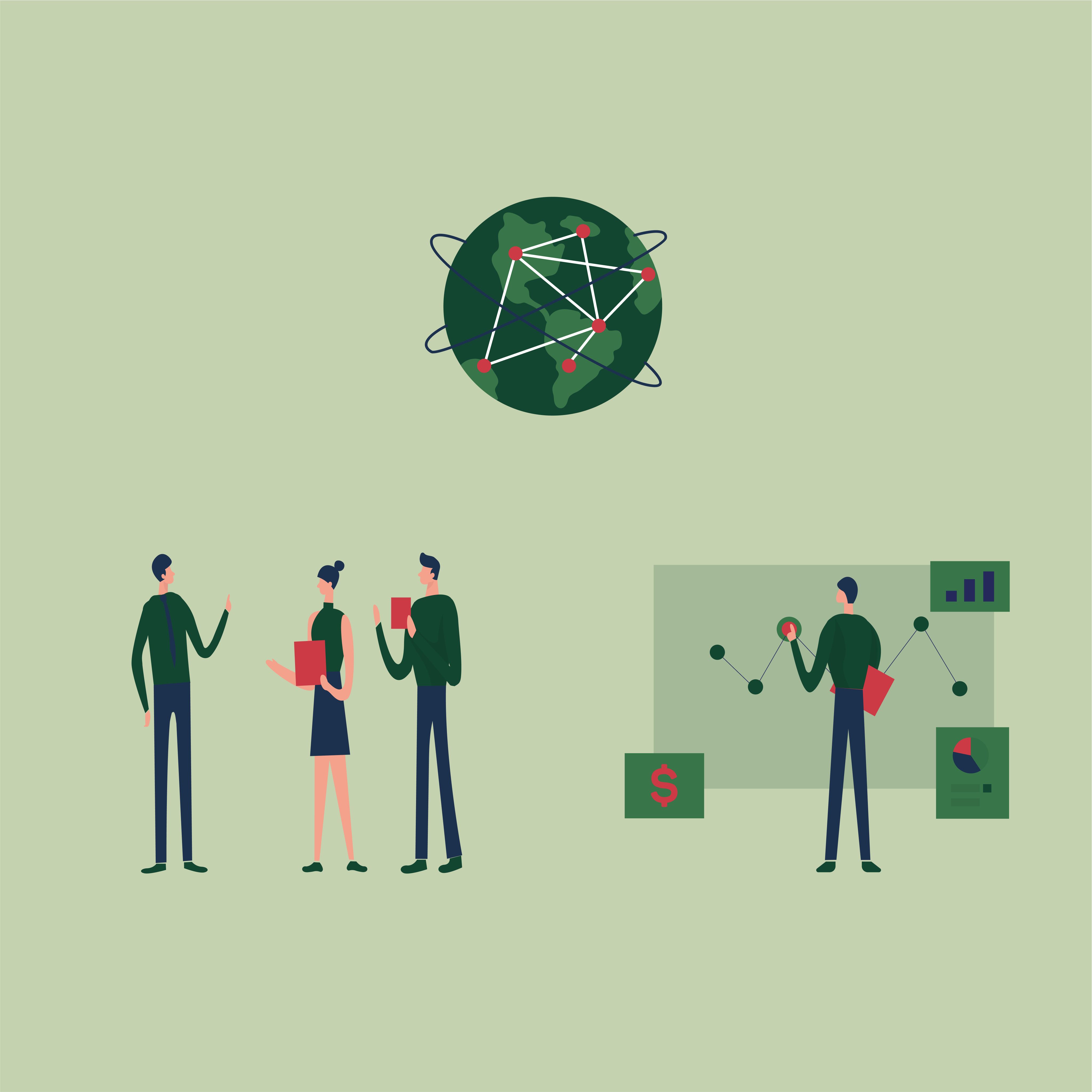Assessment of Scope 3 emissions
In sectors ranging from agriculture to manufacturing, the major share of greenhouse gas (GHG) emissions (75% on average) is embedded in the supply chain as Scope 3 emissions. Tackling these emissions will go a long way towards achieving decarbonization targets. However, since they occur outside an organization, measuring and understanding Scope 3 emissions present significant challenges for many companies.
Through Scope 3 analysis, WifOR provides companies with an overview of the greenhouse gas emissions in their supply chain and helps them fill data gaps. The results enable a better understanding of upstream Scope 3 emissions and to focus on the areas with the greatest impact.
What are Scope 3 emissions?
The GHG Protocol divides greenhouse gas emissions into three areas, known as scopes. Scope 3 is usually the most comprehensive category and includes all indirect greenhouse gas emissions along a company’s value chain, except indirect emissions from energy use. Since Scope 3 emissions are not directly caused within a company, their measurement is complex and requires comprehensive analysis.
Overview of the different scopes as defined in the GHG Protocol:
- Scope 1 – direct emissions from company-owned sources
- Scope 2 – indirect emissions from energy use
- Scope 3 – remaining indirect emissions along the entire value chain
The GHG Protocol provides internationally accepted and widely used standards for measuring, reporting, and assessing CO₂, methane, or other greenhouse gas emissions. Thereby, it supports companies and organizations to reduce negative environmental impacts and achieve their climate goals.

Categories of Scope 3 emissions
The GHG protocol differentiates between upstream and downstream GHG emissions. While upstream Scope 3 relates to emissions in the supply chain, downstream contains those GHG emissions that occur after an organization’s products or services have been sold, for example through product consumption.
Upstream emissions
Upstream Scope 3 emissions encompass all indirect emissions which occur along a company’s supply chain, but are not directly owned or controlled by the organization. These upstream emissions can include a wide range of sources, depending on the nature of the organization and its operations.
Sources of upstream Scope 3 emissions
- Purchased goods and services
- Capital goods
- Fuel and energy-related activities which are not included in Scope 1 or Scope 2
- Upstream transportation and distribution
- Waste generated in operations
- Business travel
- Employee commuting
- Upstream leased assets
Downstream emissions
Downstream Scope 3 emissions are another category of greenhouse gas emissions that fall under the broader framework of Scope 3 as defined by the GHG Protocol. These emissions are also indirect and caused by the use or disposal of an organization’s products and services.
Sources of Downstream Scope 3 emissions
- Transportation and distribution
- Processing of sold products
- Use of sold products
- End-of-life treatment of sold products
- Downstream leased assets
- Franchises
- Investments
In most cases, downstream emissions remain unabated due to the challenge companies face of limited direct control as the significant emissions are related to the products sold. Therefore, to manage downstream emissions, higher customer engagement is required, along with sustainable product design wherever applicable.
Why should organizations measure Scope 3 emissions?
Measuring Scope 3 emissions is primarily of legal relevance: The EU Corporate Sustainability Reporting Directive (CSRD) requires companies above a certain size to report their Scope 3 emissions – according to EU estimates, nearly 50,000. The metrics are therefore particularly important for sustainability reporting, as they help companies to meet their accountability obligations.
This not only improves transparency for communication with external stakeholders but is also particularly valuable for internal decision-making. After all, Scope 3 usually accounts for the majority of emissions generated by companies. Therefore, this area often also offers the greatest opportunities for improving an organization’s carbon footprint in order to achieve climate targets. Scope 3 analysis creates a scientific basis by identifying ecological hotspots and reduction potentials along the supply chain.
How can organizations reduce Scope 3 emissions?
Analyzing the value chain is a key step in order to identify which areas of a company generate the highest Scope 3 emissions. Therefore, the screening and identification of the most relevant Scope 3 categories is essential for measuring emissions.
Once the relevant categories are identified, both upstream and downstream, the next step is to measure the emissions resulting from these categories. The outcome of this analysis can be adapted according to the requirements of the company i.e., by geographic region, sector, business unit, commodities, department, or supplier, and disaggregated at various value chain levels. This hotspot analysis allows supplier lists to be adjusted, purchasing decisions to become targeted, and an uplift in innovation.
How can WifOR support companies?
WifOR’s Scope 3 Assessment is based on the methodology recommended by the GHG Protocol. The approach is broken down into three steps: identifying relevant Scope 3 categories for an organization or industry, quantifying the emissions throughout the global value chain, and adapting results according to the customers’ needs to provide relevant insights.
To calculate global impacts, WifOR uses an environmentally extended input-output model. These results are then refined to provide insights at the country, product, department or, depending on the data, supplier level. Therefore, WifOR has the ability to provide results at any required granularity level.
This offers a variety of benefits for organizations and industries:
- Forming a scientific basis for holistically managing environmental sustainability
- Providing insights into environmental hotspots and reduction potentials in the value chain
- Opening new channels of dialogue with stakeholders across society and supporting informed communication
- Enhancing non-financial reporting based on reliable data
In this video you can see how Scope 3 emissions in the supply chain can be calculated using WISIT – the WifOR Sustainability Impact Tool.
Scope 3 Assessment: Political context
The United Nations has set 17 Sustainable Development Goals (SDGs) on its 2030 Agenda. The SDGs were adopted by all UN Member Nations in 2015 and are a call for global cooperation to promote peace, prosperity, and planetary well-being.
WifOR’s sustainability research supports organizations and industries in measuring progress and achieving targets set by the Sustainable Development Goals. The Scope 3 assessment contributes positively to the achievement of the following Sustainable Development Goals:
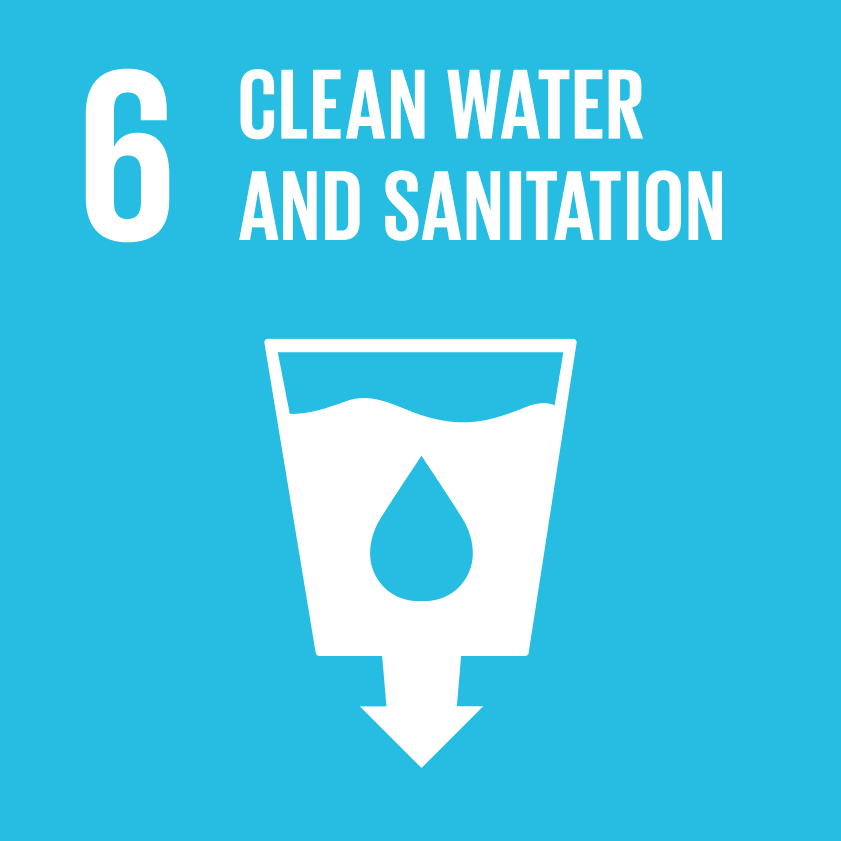
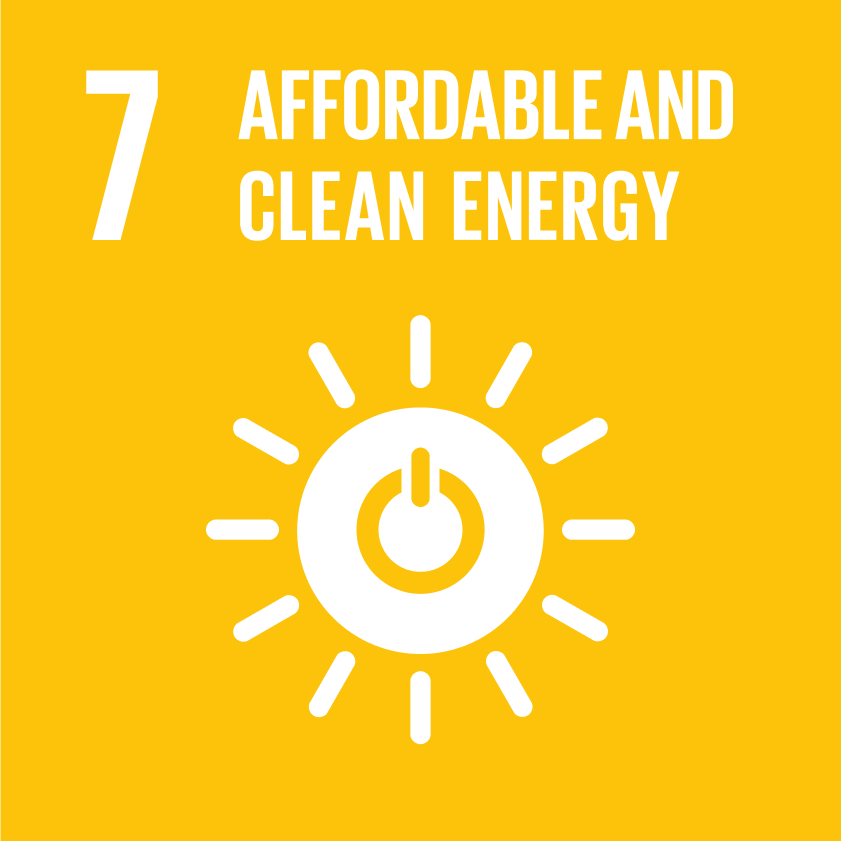

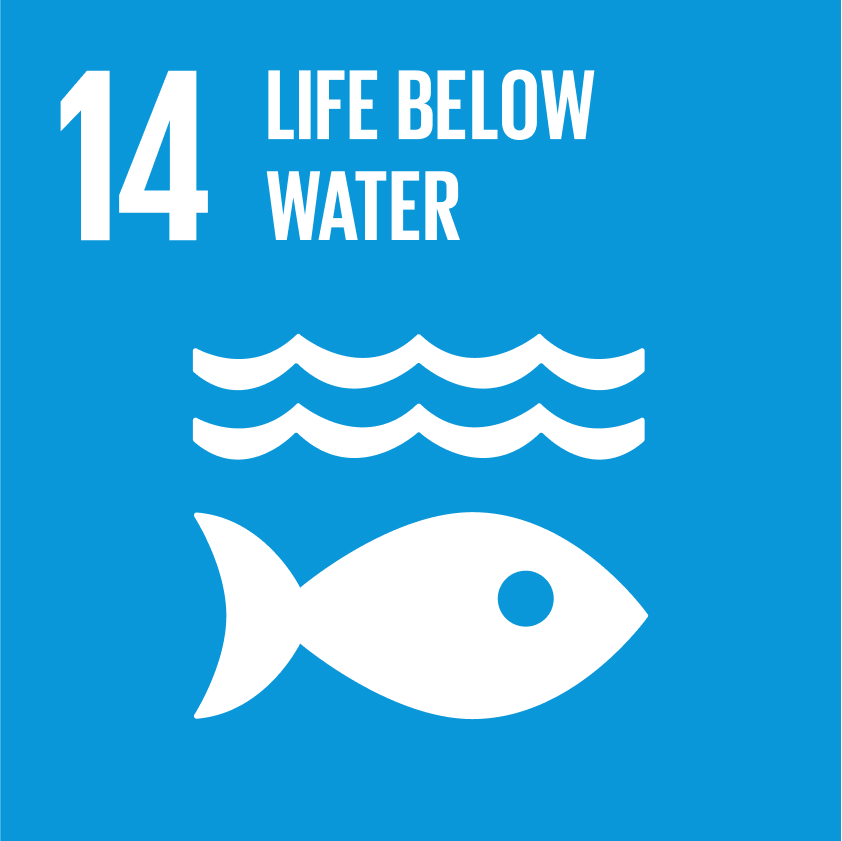

Latest articles from WifOR’s Sustainability Research
-
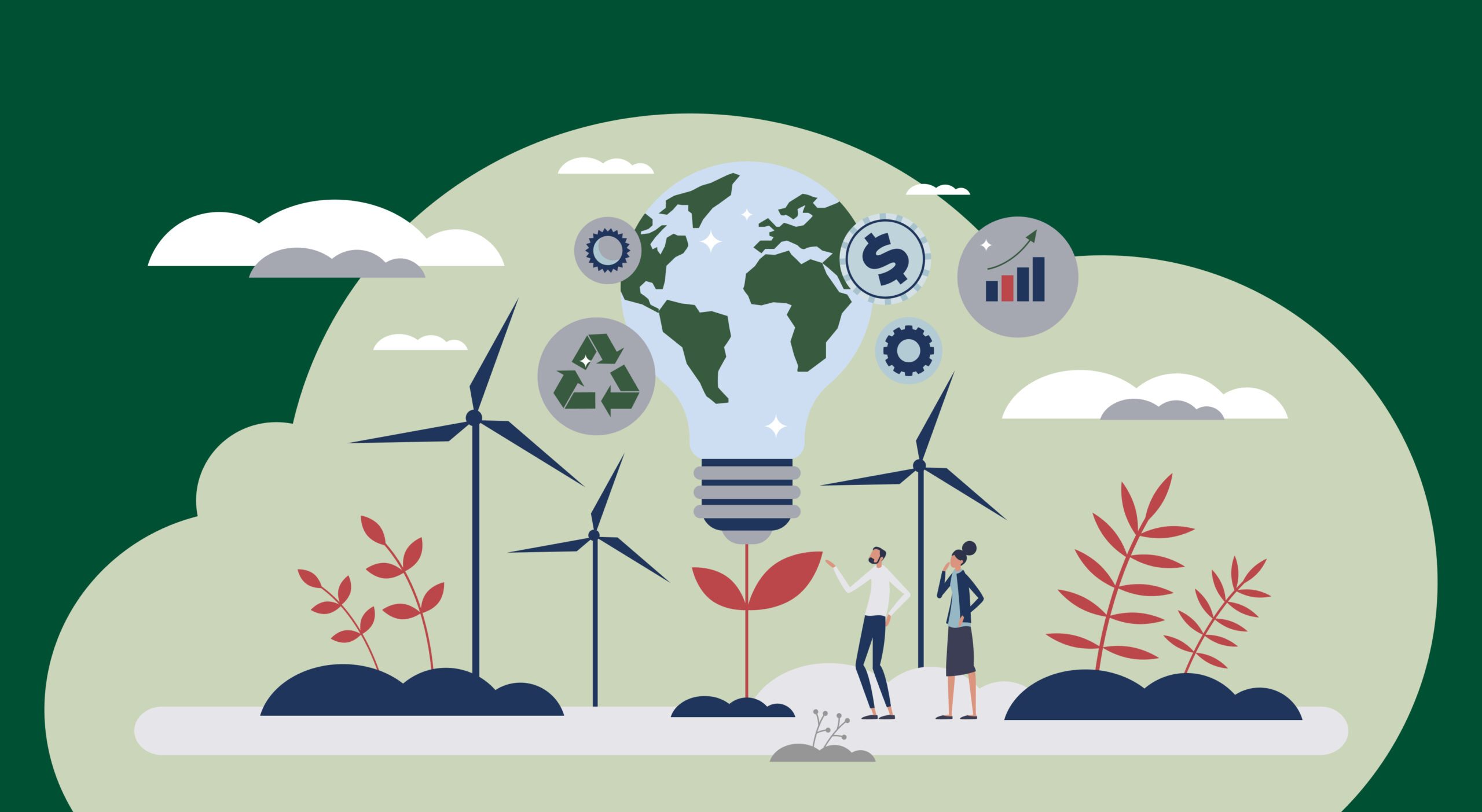
Interview with Dr. Richard Scholz
Using Impact Valuation to act responsibly – along the supply chain
-

A comparison of German and European supply chain laws
New supply chain laws: What do they mean for companies?
-
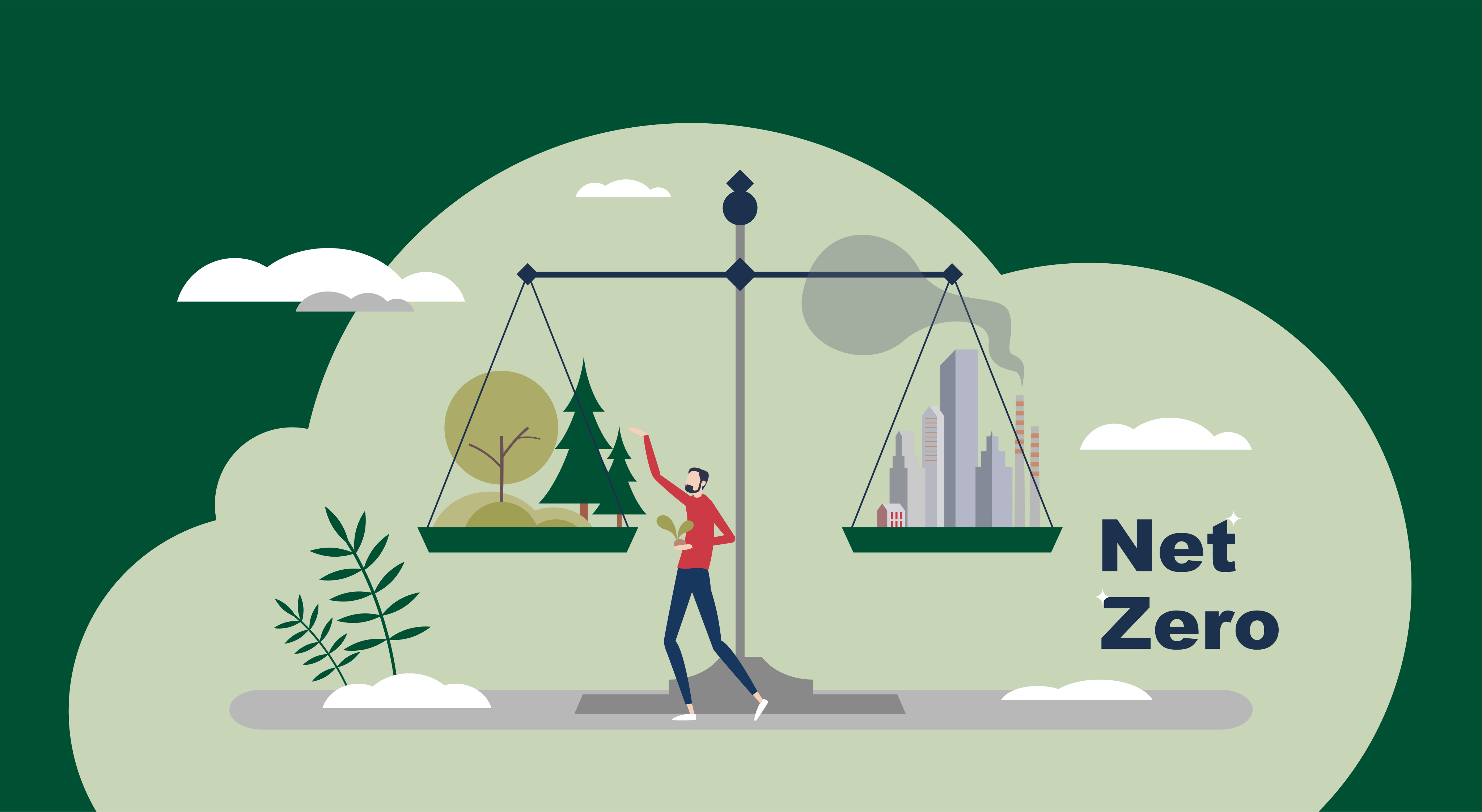
Nonfinancial Reporting
Net Zero – What does it mean for companies?


